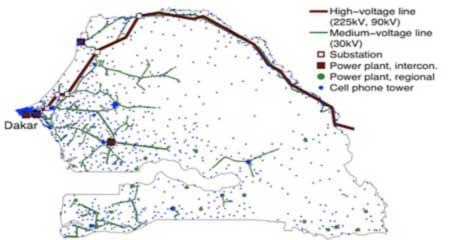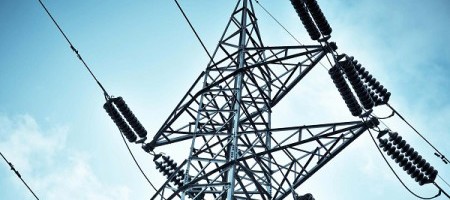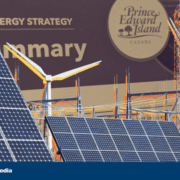Lack of quality demographic data is a major obstacle to planning infrastructure in the developing world. In a recent study, a team of researchers from the Santa Fe Institute in the U.S., the University of Manchester in the U.K., and the Université Cheikh Anta Diop in Senegal used anonymized cell phone data to assess the feasibility of electrification options for rural communities in Senegal.
The researchers proposed that cell phone data be used to help developing countries plan electrical infrastructure based on population distribution and projected energy consumption.
 Existing electricity infrastructure in Senegal and location of the mobile phone towers. Figure Credit: Eduardo Alejandro Martinez-Cesena, Pierluigi Mancarella, Mamadou Ndiaye, and Markus Schläpfer
Existing electricity infrastructure in Senegal and location of the mobile phone towers. Figure Credit: Eduardo Alejandro Martinez-Cesena, Pierluigi Mancarella, Mamadou Ndiaye, and Markus Schläpfer
Over 70 percent of Senegal’s rural population lacks access to electricity, and the difficulty of predicting their potential electricity consumption discourages costly infrastructure investments. Nearly all Senegalese carry cell phones, however, and the country has become inundated with cell towers — many of them running on their own diesel generators.
As a first step toward predicting power needs, the researchers measured the cell phone activity at each tower, gaining unprecedented knowledge into where and when human activity takes place. “This new, data-driven insight into the population dynamics allows us to predict local infrastructure needs with an accuracy that has never been possible before,” says Markus Schläpfer, one of the study’s co-authors and a postdoctoral fellow at the Santa Fe Institute.
The metric is of particular relevance for regions where census data is outdated or lacking.
The researchers used their predictions to inform different planning scenarios for electrification options such as new power lines or photovoltaics-based microgrids. Eduardo Martinez-Cesena and Pierluigi Mancarella, co-authors of the study from the University of Manchester, say they are proud of the research and its outputs, not only because of the recognition, “but also because it can really make a difference for people who currently lack basic energy services,” says Martinez-Cesena.
The paper recently won the “Data for Development” (D4D) Challenge Senegal, an innovation competition coordinated by the international telecommunications operator Orange and Sonatel, its subsidiary in Senegal, under the patronage of the Senegalese Ministry of Higher Education and Research.
The competition drew registrations from 250 universities globally; the data were made available to the 150 teams that entered.
Reference(s):
Story: Could mobile phone data help bring electricity to the developing world? | Santa Fe Institute — May 6, 2015













Comments